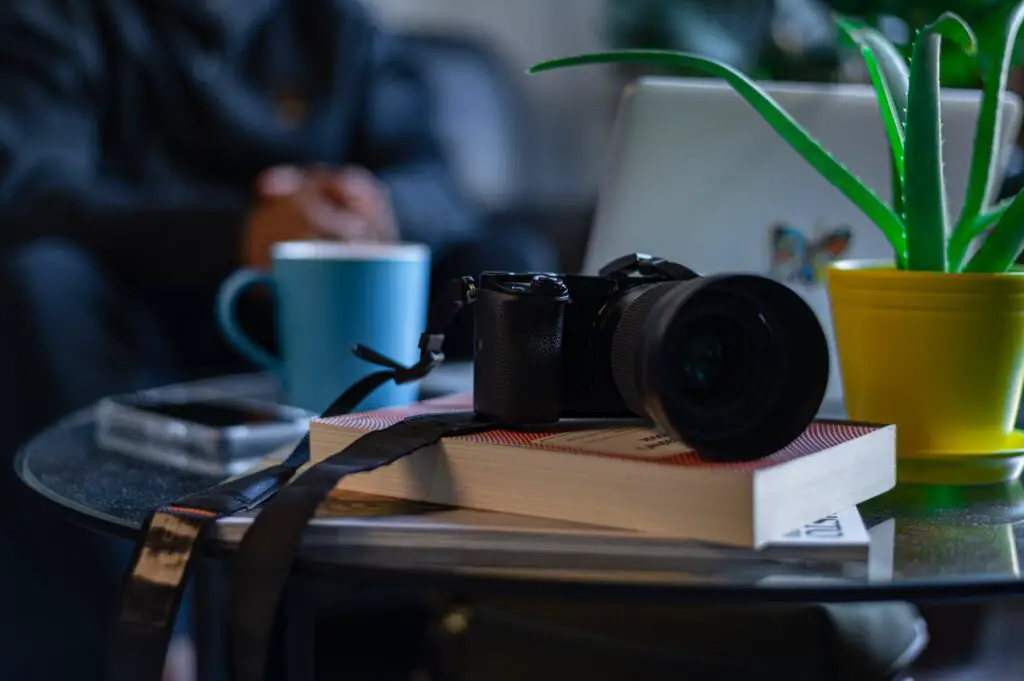If you are a professional photographer or love photography, you need the best camera for quality pictures and videos. The digital camera provides all the opportunities to capture the beauty of life as we go.
In this article, you will walk through why digital cameras are still preferred over smartphones and how to optimize them for photography. The post also highlights tips for safely backing up everything on the computer to keep all your memories.
Why are Digital Cameras Popular?
Although we all have smartphone cameras in our pockets, digital cameras are increasing in popularity. The reason is the ergonomics, far better than a slippery smartphone, and the early point-and-shoot appeal.
From a practical perspective, digital cameras have premium-quality lenses and sensors compared to smartphones. Standalone digital cameras provide advanced features like greater zoom capabilities, excellent low-light performance, and more.
Securely Backup Photos Online
Before you back up photos online, resize them to a size that is easy to upload. Be sure it can be conveniently viewed on large screens and printed precisely. Securely backup them online through cloud photo services. For example, Google Photos and Apple iCloud.
Also read: 6 Best Google Photos Alternatives
Backup Photos Offline
If you want to backup photos offline:
- Use a reliable SD card to transfer pictures to the computer.
- Connect the SD card to the Mac and then copy and paste pictures on the Mac.
- Read guides online to learn how to clear an SD card on a Mac and make space for photos.
You can also use an affordable and reliable hard drive or pen drive to back up all photos and videos. Using these physical drives is a traditional method but more secure. Moreover, you can retrieve photos and videos immediately without internet connectivity.
Tips to Optimize Digital Camera for Photography

Read Manual Carefully
All digital cameras come with manuals, but only some people take the time to read them thoroughly. They read only the basic functions and then move forward trying their new camera. Skipping manual reading may lead to using just the factory default settings.
You would be unable to use any special features because you are unaware of them and their operations. Many cool features will remain unused. Maybe some terms seem confusing; read the entire manual step-by-step. Read one feature, try it, and then move to the next one.
Adjust Date and Time Setting
It is not necessary that the default date and time setting will match your time zone. Thus, you must read your manual and change your camera’s date and time settings accordingly.
Some cameras have a feature that resets the date and time whenever a user replaces the batteries. If you are using this type of camera, then make sure you set the time immediately just after putting in new batteries.
Set Resolution and Compression
To get high-quality photos, a proper resolution must be set. Picture compression is related to how much space each photo will take on the memory card. How many photos you can store on your memory card depends on the compression level applied.
Most cameras have default compression levels like Low, Fine, Very Fine, and Normal. Photos of 1.5-2.0 MB offer excellent quality and enough space saving. However, if you are a professional photographer and need large prints, use a camera with no compression and high resolution.
Turn Display and Flash On and Off
To ensure you will not run out of batteries, you must know how to turn the display on and off. This is significantly crucial when you need the camera most. After turning off the display, you can click more photos on the same dying battery.
Similarly, learn the ways to turn the camera flash on and off. Flash is not useful when coming closer to a subject as it distorts a photo. Making the flash turn off when the subject is in the shade, and the camera is in the light will make a subject look better.
Conclusion
You might purchase a digital camera to capture all your special moments. To make it worth every penny you have invested, getting the most out of it is essential. Use the abovementioned tips to optimize your digital camera effectively for photography.
Not organizing your digital photos is a mistake most people make. Many products and services are available to organize your photos while shooting and transferring them. Back up all photos, as it is too difficult to recover them once you lose them.

